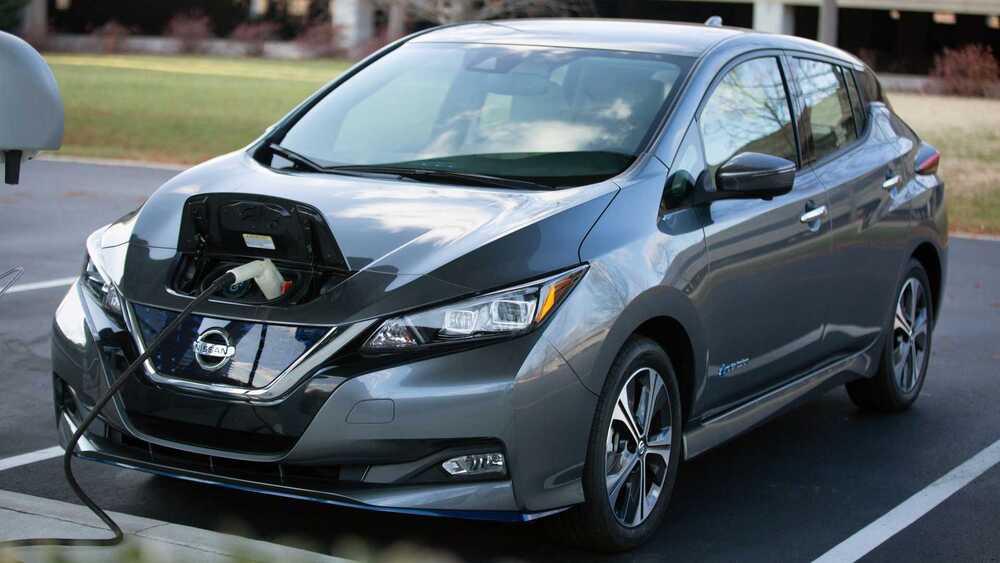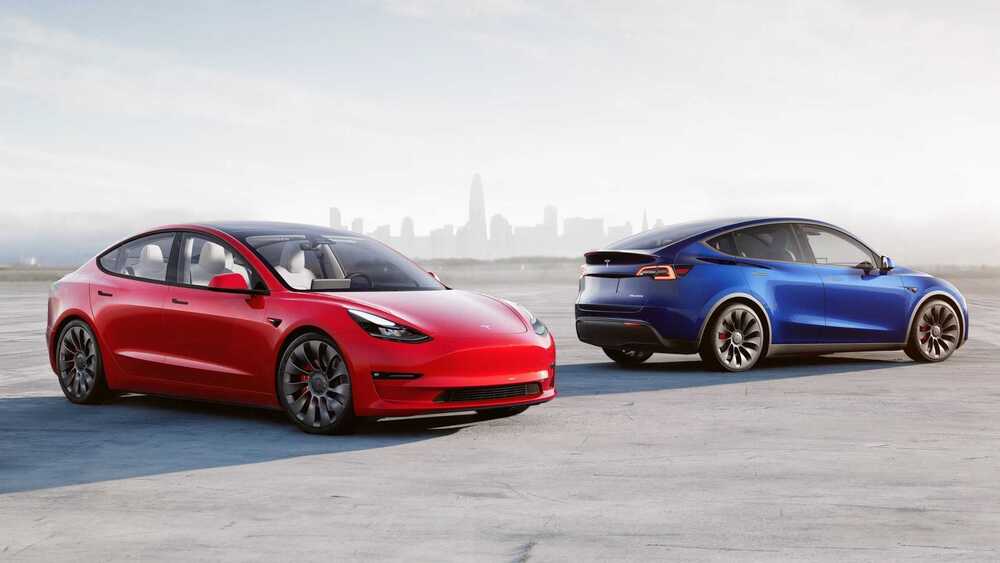It could save an average of £110 a year — and cut their carbon footprint by 20%.
Do you like to keep learning?
Why should be stop at 16, or after University?
The world is changing so fast now, the idea of life long learning is becoming a necessity.
I look at what is wrong, how we can change it & the benefits that this could bring to not just the individual, but society as a whole.
Have a great day and a happy new year to you all.
All parties to Outer Space Treaty must remember pledge to act responsibly, China tells UN secretary general in diplomatic note.
Open source is playing a foundational role in the global push toward data sovereignty and digital autonomy.
The company tells its annual developers’ conference, Baidu Create, that an expanding pool of talent is contributing to China’s AI development, with innovations in transportation, health care and space exploration.
Will a new electric car really save you money factoring in electricity costs? Let’s run down the costs to see how much you could actually save.
I do not own this video. It is owned by ABC Australia. Interstellar voyage to find the second Earth — space documentary.
Support me: http://www.paypal.me/sovereignspace.
A documentary showcasing interstellar travel to visit an Earth-like planet, a bona fide Earth 2.0 to see if there is life on it. Follow this amazing adventure in state of the art CGI and with the world’s leading scientists.
Some important takeaways from the National Association of Insurance Commissioners meeting in San Diego this week.
Tens of thousands of residents in the US state of Colorado have been forced to evacuate due to quickly spreading wildfires.
Hundreds of homes have been destroyed in some of the worst fires the state has ever seen. Powerful winds have fueled the fast-moving flames which come after an unusually dry autumn and low levels of snow. At least one first responder and six others have been injured since the fires began.
Subscribe: https://www.youtube.com/user/deutschewelleenglish?sub_confirmation=1
For more news go to: http://www.dw.com/en/
Follow DW on social media:
►Facebook: https://www.facebook.com/deutschewellenews/
►Twitter: https://twitter.com/dwnews.
►Instagram: https://www.instagram.com/dwnews.
Für Videos in deutscher Sprache besuchen Sie: https://www.youtube.com/dwdeutsch.
#Wildfires #Colorado
Tesla is opening two new factories shortly, demand for its vehicles is off the charts, and the world is openly welcoming EVs. Will the company’s stock soar?









